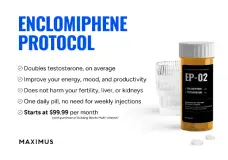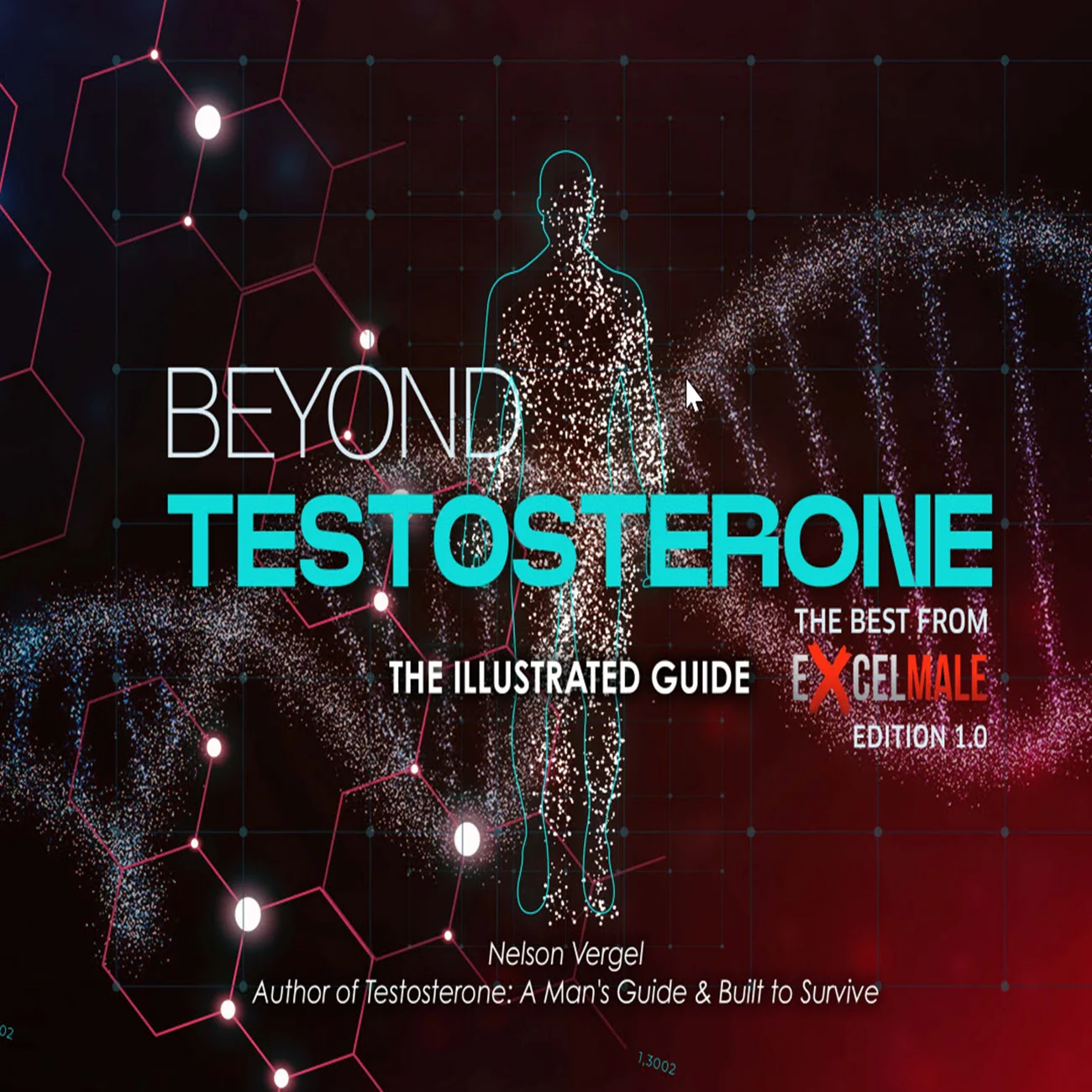Landmark Study Reveals How Different Testosterone Doses Affect Muscle, Fat, and Health Markers in Young Men
A deep dive into one of the most influential studies on testosterone dosing reveals key takeaways for anyone interested in hormone optimization—a topic of persistent debate in men's health communities and clinics alike.
Background and Study Design
In 2001, a seminal paper was published in the American Journal of Physiology, Endocrinology and Metabolism. Dr. Shalender Bhasin and colleagues—considered among the top experts on androgens—sought to answer a fundamental question: What are the effects of different weekly testosterone doses on strength, body composition, and key health markers in healthy young men?
The research team recruited approximately 65 men, average age 25, all generally healthy and fit. Each participant’s natural testosterone production was first suppressed with a medication, then replaced in varying increments—25, 50, 125, 300, or 600 mg per week of testosterone cypionate injections for 20 consecutive weeks.
Critically, participants were instructed not to exercise during the study, and their caloric and protein intake was monitored to ensure changes resulted solely from hormone adjustments[1].
Main Findings
Serum Testosterone Levels
25 mg/week: Levels dropped well below baseline; insufficient for replacement.
50 mg/week: Some increase, but still suboptimal.
125 mg/week: Returned testosterone to baseline (pre-suppression) levels for these young men.
300–600 mg/week: Produced supraphysiological levels—common in bodybuilding circles[1].
Body Composition
Lean Mass (Fat-Free Mass): Significant increases began at 100–125 mg/week and continued at higher doses. These gains were recorded despite no exercise, confirming testosterone’s powerful anabolic potential.
Fat Mass: Doses of 100–125 mg/week and above led to reductions in fat mass. Lower doses (25–50 mg/week) paradoxically increased fat mass, suggesting underdosing may be counterproductive[1].
Muscle Volume and Strength
Thigh and quadriceps volume, measured by MRI, significantly increased at 125 mg/week and higher. Leg press strength and power only improved at high doses (300–600 mg/week)[1].
IGF-1 and Growth Factors
Doses below 125 mg/week did not increase IGF-1. Only high, bodybuilding-type doses (300–600 mg/week) led to statistically significant increases—raising interesting questions about synergy with exercise, which was not tested in this trial[1].
Sexual Function and Libido
Overall, no significant enhancements in sexual activity or libido were noted, regardless of dose. Minor fluctuations occurred, but neither sexual frequency nor desire reached statistical significance. It’s worth noting subjects first received a testosterone blocker before hormone administration, potentially influencing these endpoints[1].
Blood Markers and Safety
Hematocrit and Hemoglobin: Both rose substantially with higher doses, reflecting increased red blood cell mass—a potential cardiovascular risk at extreme levels.
HDL Cholesterol: “Good” cholesterol (HDL) decreased in a dose-dependent manner, also raising potential long-term cardiovascular concerns.
Prostate-Specific Antigen (PSA): No major changes were observed, likely due to participants’ young age[1].
Key Practical Insights
- 100–125 mg/week appears optimal for returning serum testosterone and body composition to healthy levels in young adults after suppression.
- Underdosing (25–50 mg/week) is not effective and may increase fat mass.
- Bodybuilding-level doses (300–600 mg/week) yield dramatic increases in testosterone, IGF-1, lean mass, and strength, but at the expense of cardiovascular risk markers like elevated hematocrit and reduced HDL.
- Sexual and cognitive function do not significantly increase simply by raising testosterone above baseline, at least in healthy young men[1].
Study Limitations and Final Thoughts
This remains one of the most comprehensive testosterone dose-response studies to date, especially given its use of direct hormone suppression followed by graded repletion and rigorous controls on diet and exercise. However, its sample was limited to healthy, non-obese men in their 20s who did not work out during the protocol. Results may differ in older or overweight men, or those actively engaged in resistance training.
Studies of this rigor and scope are rare—and, given regulatory and ethical barriers, may not be repeated soon. For clinicians and men considering testosterone therapy, this data offers a rare, data-driven roadmap for setting rational expectations and weighing benefits against potential risks[1].
More details: Responses of different doses of testosterone injections on body composition, strength, etc. - Excel Male TRT Forum
Last edited:













